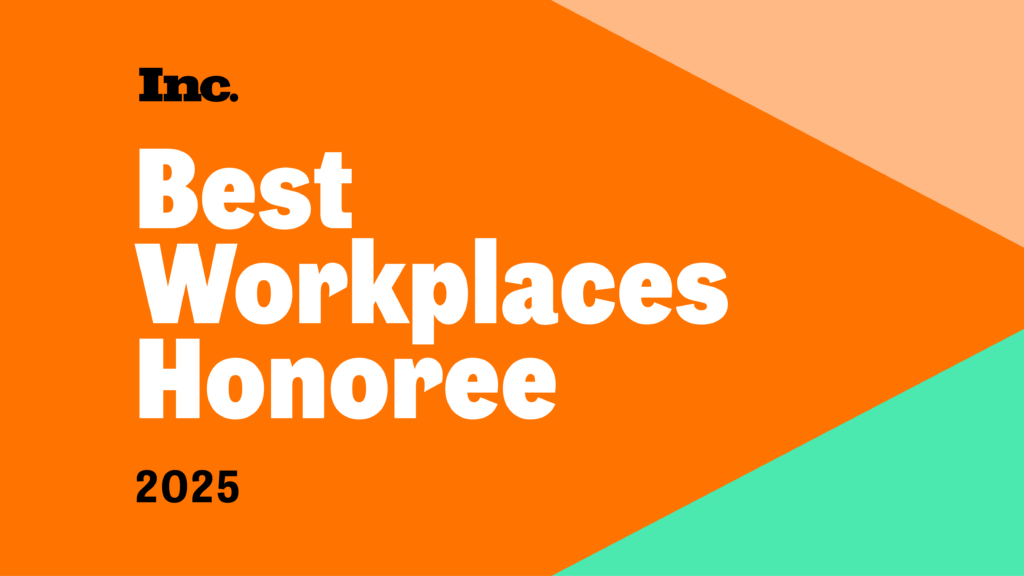A few weeks ago, I was having a discussion with a client about the performance of their custom-built SaaS application. We discussed how we could optimize the codebase and improve monitoring to find bottlenecks. We also talked through whether to upgrade their infrastructure in place or potentially migrate their application from one cloud provider to another.
The client asked all the right questions about the infrastructure and cloud migration: “Why are you recommending we do this?” “Why does the infrastructure matter?” “Why not work on the application where it is currently hosted?”
As much as I would like to be able to talk through those questions with every client or potential client, that’s not always possible. But it is important to explain our unique approach at 27Global because it’s what enables us to work with a variety of hosting environments, like cloud, on-premise or a hybrid hosting model. We’ve compiled a list of frequently asked cloud questions, and hope you’ll reach out to learn more about our approach.
Question One: Why are you encouraging us to invest in our infrastructure?
In this example, an application was originally built as an internal tool to be used by our client’s own team. Since it was an internal tool, it was deployed on simple and easy infrastructure to save on costs. When the application and its features were such a resounding success internally, our client extended the application for use by other companies, transforming the internal tool into a multi-tenant software-as-a-service platform. The platform is now deployed to several customers, and there is a major market opportunity.
The move from an internal application to a SaaS product means new requirements for the infrastructure. When an application and its features are enterprise-worthy, the infrastructure it runs on should be as well. Using shared or development-grade virtual machines and services can result in unreliable performance. While that might be OK for an internal tool, performance degradation is not ideal for software that has paying customers. A slow or non-responsive application undermines trust in the application and frustrates users. That’s why 27Global recommends investing in the appropriate infrastructure for a client’s desired outcome and use of the application.
Here’s an analogy: Pickup trucks are good for moving things, and they come in all sorts of sizes and specifications. While you can use a smaller pickup truck to move a couple bags of mulch; if you want to tow a large trailer to reload the outdoor store’s bulk mulch pile, you should probably look at a three-quarter or one-ton truck – otherwise, you won’t get very far.
There are ways to figure out the right infrastructure for your application, such as load and performance testing, application performance monitoring (APM), a consultative review of the use cases, scaling forecasts and business milestones. Using these techniques and more, 27Global can help you make that decision.
Question two: Why would my business migrate from one cloud provider to another?
Good question. 27Global has been, and always will be, technology agnostic. That goes for everything from programming languages to project management tools to cloud providers. Though we have our preferences, we pride ourselves in selecting the right tool for the job. This allows us to design and implement the best solutions for our clients without being pigeonholed into offering something one partner can provide. On paper, we are “official” partners with Amazon Web Services, Microsoft Azure and Google Cloud Platform. In reality, we have customers on Digital Ocean, Rackspace, Lightedge, Flexential, on-premises, co-located, public and private clouds and many customers with a hybrid cloud. And that’s a good thing – the right choice is going to be different for every client. Here are some things to consider when choosing a cloud provider:
Technology of your platform(s) and application(s)
Is it portable? Can it be deployed on AWS/Azure/GCP equally, or does it require a service that only one or two provide?
Feature parity of the platforms
Generally, the three largest cloud providers have feature parity. AWS has S3, Azure has Blob Storage, GCP has Cloud Storage. These are all basically the same thing – storage. While they have slight differences, conceptually they can be thought of as the same thing. At 27Global, we like to reference tools like Compare Cloud to help us design the architecture and infrastructure for clients regardless of where they are in the cloud selection process.
In-house skills and existing agreements
Microsoft has a footprint in many large enterprises today, and as such, those same enterprises typically have skillsets in-house with Microsoft technologies. They also might already have an Enterprise Agreement, account manager and other relationships that make the choice of Azure a no-brainer. The cost to train their people on AWS, GCP or another provider is too great, and the savings offered by Microsoft due to their existing agreements are too attractive to consider another cloud.
Likewise, your team might have a bevy of AWS Certified Solution Architects, a popular certification in the industry. If you have those skill sets in house, your technology will work well on AWS, and the cost is palatable, AWS might make sense for you. Plus, getting your team up to speed on Azure might be too time-consuming and costly.
Offers and incentives
Most cloud providers are continuously running multiple types of offers and incentives. While they change frequently, some of the popular programs we notice for startups are:
A word of caution against going too “all-in” on any one tech or cloud
Startup credits are very attractive, but 27Global cautions against going too deep in one provider’s ecosystem without a careful evaluation of the potential outcomes. We like to build our platforms to be fairly portable, so if a client negotiates a great deal with a competing cloud provider, we can plan and execute a successful migration.
Conclusion
We hope this gives you some insight into what to consider when selecting your cloud provider. This is just the tip of the iceberg, too. How do you know how big your environment should be? At 27Global, we focus on identifying the load and performance requirements of the platform to implement an appropriately sized environment.
Does your application have high usage at certain times of the day or month? We can implement automatic scaling plans that scale up when needed and down when not needed to save money. Does your application need to be highly performant with low latency and response times? 27Global can design the optimal infrastructure to ensure you are meeting your service level agreements (SLA).
In future posts, we’ll go deeper into topics like public, private and hybrid cloud environments, infrastructure right-sizing, application performance monitoring (APM) and considerations for migrating a portfolio of applications and databases. Have a topic you’d like us to cover? Let us know.
27Global is an AWS Advanced Tier Services Partner and a Microsoft Solutions Partner in Digital & App Innovation. Contact us today to learn how we can help you grow your business.
Patrick Kinne is the Vice President of Client Service at 27Global. He’s focused on delivering results for clients, continuously refining and advancing processes and streamlining and extending 27Global’s solutions to fit the market. Our team can deliver on your company’s vision. Contract Patrick at patrick.kinne@27global.com and follow him on LinkedIn.





